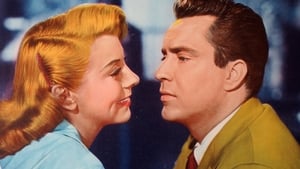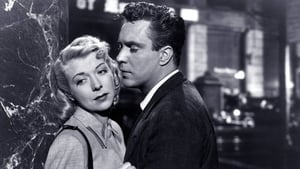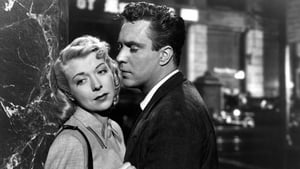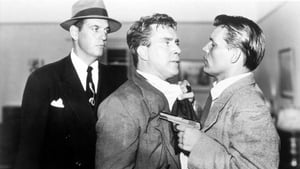Contact: [email protected]
Video Sources 0 Views
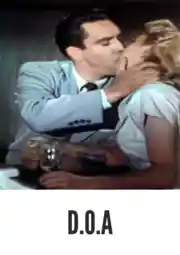
Synopsis
[ez-toc]




Introduction
In the hallowed halls of classic cinema, where shadows whisper tales of intrigue and suspense, stands “D.O.A. Colorized”—a film that has transcended the boundaries of time, transitioning from black and white to a spectrum of colors. In this article, we embark on a cinematic journey exploring the controversial practice of colorizing old films, using “D.O.A. Colorized” as a compelling case study. We will unravel the history and impact of this film noir classic, dive into the artistic merits and controversies surrounding colorization, scrutinize the intricate process of color restoration, and reflect on the broader implications of embracing colors in the past and future of classic cinema.
Read Media File Transfer Agreement: Terms and Conditions
Read FAQ
The History and Impact of D.O.A. Colorized
Noir in the Shadows
“D.O.A.” emerges from the film noir era, a cinematic treasure directed by Rudolph Maté and featuring the captivating Edmond O’Brien. Set against the iconic backdrops of San Francisco and Los Angeles, the film unfolds a gripping narrative in which O’Brien’s portrayal of the protagonist is pivotal to its success. We’ll delve into the historical context of film noir’s popularity during the movie’s release and analyze how the colorization of this B-movie gem can potentially enhance its visual representation and audience appeal.
The Artistic Merits and Controversy of Colorizing Old Films
Shadows and Hues
Colorization, a practice aimed at breathing new life into monochromatic classics, is both an artistic endeavor and a source of controversy. We’ll explore the opposing viewpoints in the colorization debate—those who champion accessibility to modern audiences and those who adamantly uphold the preservation of original artistic integrity. Examining the challenges posed by colorizing a film noir B-movie like “D.O.A. Colorized,” we’ll scrutinize its impact on the genre’s stylistic elements, using the movie as a canvas to paint the clash between shadows and hues.
The Process of Color Restoration: A Closer Look at D.O.A. Colorized
AI and the Palette
The restoration of “D.O.A.” in color involves a complex dance of technology and artistry. We’ll shine a light on the techniques and technologies employed in colorizing this noir classic, with a specific focus on the role of AI software in achieving accurate results. By dissecting key scenes, such as moments of a murderous affair and the ingestion of a deadly poison, we’ll unveil how strategic colorization enhances the narrative impact. Additionally, we’ll peek into the future, exploring potential advancements that could further elevate the quality of colorized films.
Revitalizing a Classic: A Review of D.O.A. Colorized Version
Hues in Critique
In this section, we’ll don the hat of film critics, offering a comprehensive review and analysis of the colorized version of “D.O.A.” Does the injection of color enhance or detract from its status as a classic film noir? By scrutinizing the colorized rendition, we’ll evaluate its effectiveness in breathing new life into shadows, providing audiences with a nuanced perspective on the convergence of classic aesthetics and modern sensibilities.
The Legacy of D.O.A. Colorized: Balancing Innovation and Preservation
Neville Brand’s Noir
As we navigate the legacy of “D.O.A. Colorized” in its colorized form, we’ll spotlight Neville Brand’s portrayal of the antagonist and how it maintains the film’s noir aesthetic while introducing a new dimension through color. This exploration extends beyond individual performances, probing into how the colorized version revitalizes thriller elements, leaving an indelible mark on both filmmakers and audiences alike.
Looking Beyond D.O.A.: Exploring the Wider Impact of Colorization in Film Preservation
Controversial Canvases
While “D.O.A.” is a remarkable case study, we widen the lens to explore the broader impact of colorization controversies in other film projects. The tales of Al Capone and Tobe Hooper projects provide additional layers to the ongoing debate. How does the colorization of these projects shape their reception and legacy in the eyes of cinema enthusiasts and critics?
Embracing the Colors of the Past: The Future of Colorizing Old Films
Archiving Colors
In the final act, we’ll delve into the role of institutions such as the National Film Registry and the Library of Congress in recognizing the cultural value of colorized works, with a spotlight on “D.O.A.” as it finds its place in these prestigious archives. We’ll encourage readers to embrace colorization as a valid form of experiencing classic cinema, while also emphasizing the significance of preserving and appreciating original black-and-white versions for their historical context and artistic vision.
As we conclude our exploration, we invite cinephiles to tread the delicate balance between shadows and colors, to appreciate the timeless tales that emerge from the past, and to recognize the evolving palette that breathes new life into classic cinema. “D.O.A. Colorized” is not merely a film; it’s a canvas where the hues of the past converge with the aspirations of the future, inviting audiences to partake in a cinematic symphony that resonates across eras.
